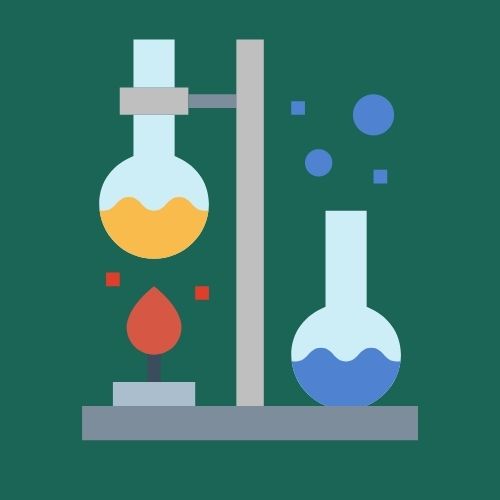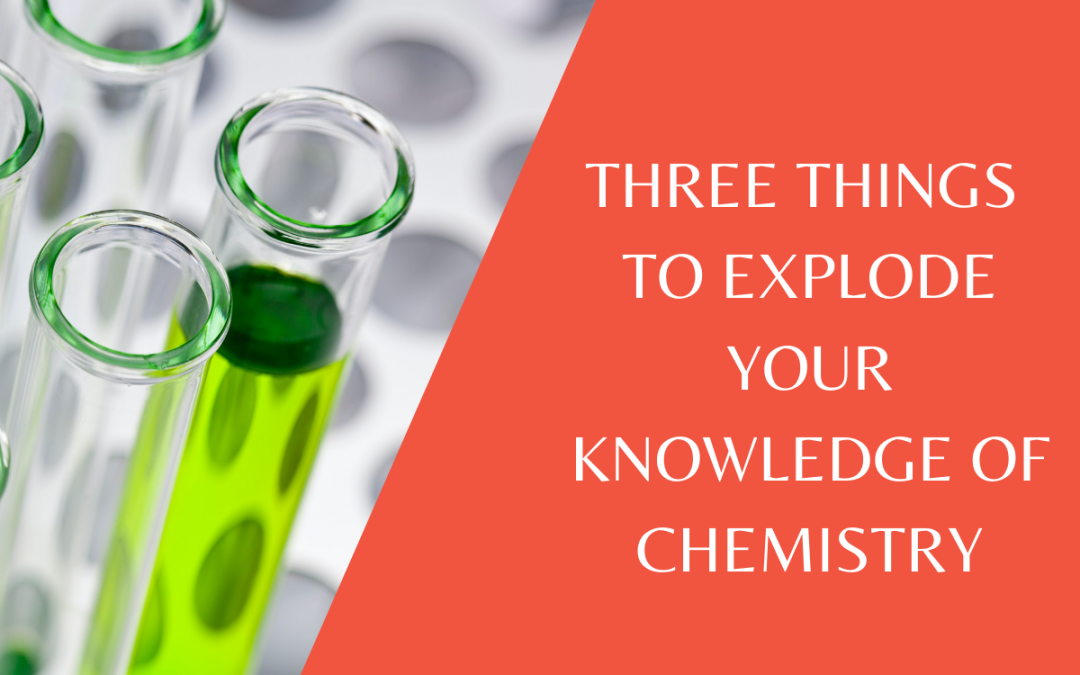Do you find KS3 Chemistry hard? Are there some topics that just don’t make sense to you? Do understand the use of formulae and particle diagrams? Here we share three simple ways to help improve your learning in KS3 Chemistry.
1.🧪 Make sure you know the different particle arrangements to support particle theory
Throughout your Science journey at secondary school, you will need to have a clear understanding of particle theory and particle arrangement for the three states of matter, Solid, Liquid and Gas. You need to be able to draw a diagram representing these and be able to explain how the particles are arranged. When explaining their arrangement, it is essential you refer to the pattern the particles are arranged in. Do they form a set shape or can they take the shape of a container? Also, include how many particles touch one another and if they move (vibrate). So always remember to write about Position, Arrangement (regular or irregular) and Movement. To help, practise drawing the particle diagrams regularly.
2. 👩🏻🔬 Familiarise yourself with common elements in the Periodic Table and know where to locate them
The Periodic Table is the backbone of Chemistry and something you need to familiarise yourself with. You DO NOT need to learn it off by heart but, there are a few key facts you need to know. You should be able to explain what appears in the different sections of the periodic table (metals, non–metals and transition metals) and name the different areas, such as Groups and Periods.
To help answer questions you need to remember key facts about Group 1, 2, 7 and 0, alongside the different names given to these groups. Each group has specific properties and a pattern of reactivity. It is necessary to learn these so you can recall and explain these. The more you use the periodic table the more familiar it will become and you will begin to recognise the elements by name and symbol. By the time you get to KS4, this will help you a great deal as you learn about specific elements and groups in more detail.
Gradually you will remember the symbols for specific elements and their location in the periodic table and this will make test questions easier to answer. Always remember to use capital letters for the symbol of the element, but if it has two letters the second one is lower case and don’t forget that these are not just the first two letters of the elements name! For example, Sodium has the symbol Na.
3. 💥 Learn some of the basic chemical reactions, and be able to explain what has happened
In KS3 Chemistry there are many different experiments we learn about and we need to be able to recall and explain these. It could be simple experiments where an element is burnt in oxygen or reactions of substances with acids and alkalis, neutralisation reactions and displacement reactions.
There is also the reactivity series, which you need to learn and be able to explain patterns of reactivity and link it back to the position of the element in the reactivity series. For all these chemical reactions there will be an equation for you to write and learn. It is really important you understand how to write these and how these may be written in a test for you to complete. There are some basic equations that will appear in KS3 and again in KS4 so it is vital you get them right now.
These three tips will help improve your understanding of Chemistry and make the transition to KS4 much easier as it will build the foundations for the next level of learning.
KEEP UP TO DATE - DON'T MISS OUT!
Our regular newsletters are filled with helpful and interesting information to help you with your Science at school

